Discover 11 hidden attractions, cool sights, and unusual things to do in Letchworth Garden City (United Kingdom). Don't miss out on these must-see attractions: Howgills, Letchworth Town Hall, and Church of All Saints. Also, be sure to include St Hugh in your itinerary.
Below, you can find the list of the most amazing places you should visit in Letchworth Garden City (England).
Table of Contents
Howgills
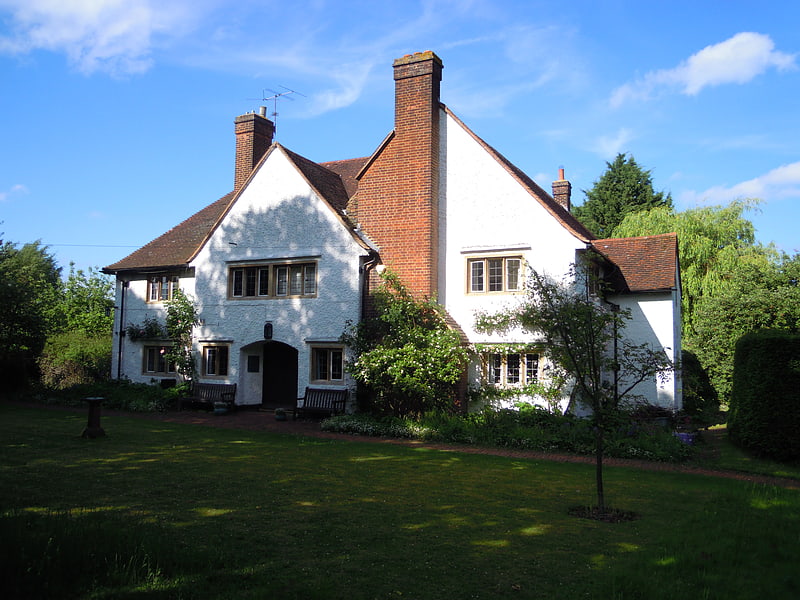
Meeting room in Letchworth, England. Howgills in Letchworth Garden City, Hertfordshire, England, is a Grade II listed building on the Register of Historic England in use as a Meeting House for the Society of Friends.
Howgills was built on South View in 1907 to a free-style Arts and Crafts design by Robert Bennett (1878–1956) and Benjamin Wilson Bidwell (1877–1944), typical with this firm of architects, although it is thought the design is mostly by Bidwell, a Quaker himself. Associates of Parker & Unwin who were closely connected with the Garden City Movement, Bennett and Bidwell opened an office in Letchworth in 1907 and over the next thirty years went on to design many distinctive buildings in the town. The construction was undertaken by local builders Palmer & Ray. The Meeting House with its large, galleried wood-panelled central meeting room is based on Briggflatts in Cumbria and was named after the Howgill Fells that surround that hall. The building is of two storeys with an irregular façade of three bays with a projecting entrance in the centre bay with a gable roof. The brick chimneys stacks are tall with moulded caps, while the stack on the front façade has weathered offsets. The walls have a roughcast surface while the casement windows with leaded lights sit within stone surrounds. The entrance arch is recessed and has boarded double-doors. The carved timber inscriptions over the entrance hall and meeting room fireplaces are apparently early work by Eric Gill. The decorative copper plaque in the porch is in the Art Nouveau style and reads: "THIS BUILDING ERECTED 1907 IS THE GIFT OF JULIET RECKITT TO THE SOCIETY OF FRIENDS".
One of Letchworth Garden City’s most distinguished and unique early buildings, Howgills was commissioned by Juliet E. Reckitt, the philanthropic niece of the Hull industrialist Sir James Reckitt; she had moved to Letchworth in its early days and allowed the local Society of Friends (Quakers) to meet in the large Meeting Room in the building. In 1913 she donated Howgills to the Quakers while maintaining a flat for herself within the building. In 1934 she also helped with finance when the Society of Friends decided to purchase the freehold.
The horror writer W. F. Harvey was a member of the congregation. His funeral service was held at Howgills before his burial in the churchyard of St Mary the Virgin in Old Letchworth.
Howgills has been a Grade II listed building on the Register of Historic England since 1979.[1]
Letchworth Town Hall
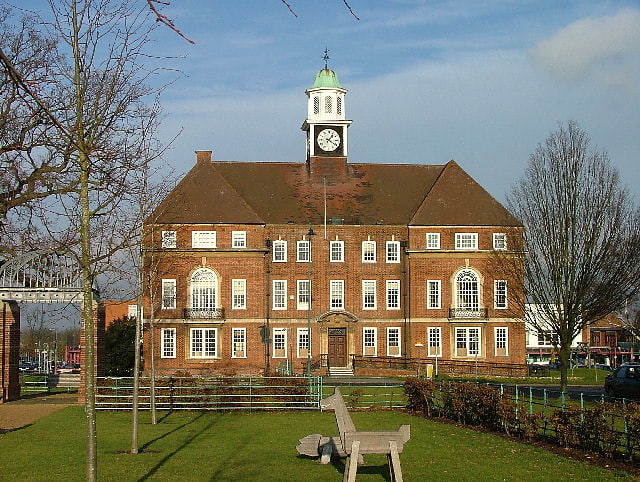
City or town hall in Letchworth, England. Letchworth Town Hall is a municipal building in Broadway, Letchworth, Hertfordshire, England. The town hall, which was the headquarters of Letchworth Urban District Council, is a Grade II listed building.[2]
Church of All Saints
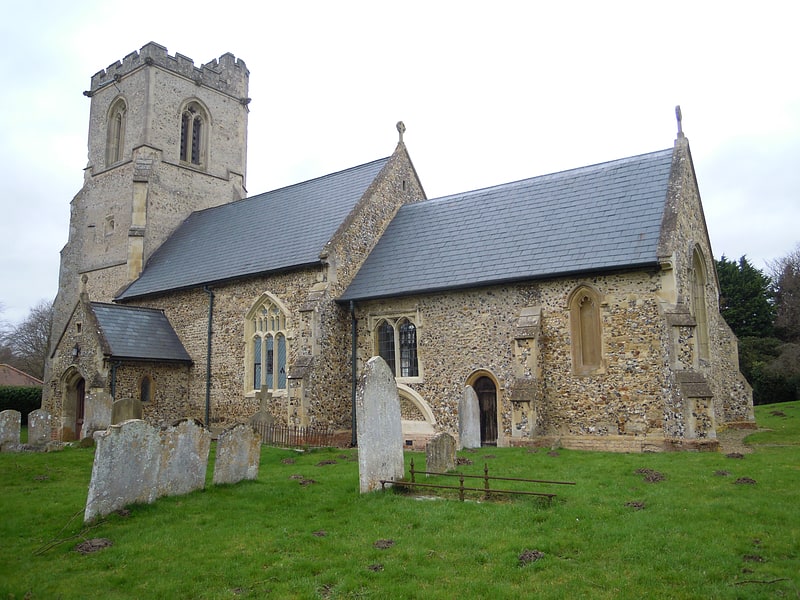
The Church of All Saints is the Anglican parish church for the village of Willian in Hertfordshire. The benefice is united with St Paul's church in nearby Letchworth, although each church has its own parish. It is in the Diocese of St Albans. The church has been a Grade II* listed building since 1954.[3]
Address: Wymondley Rd, SG6 2AF Letchworth Garden City
St Hugh
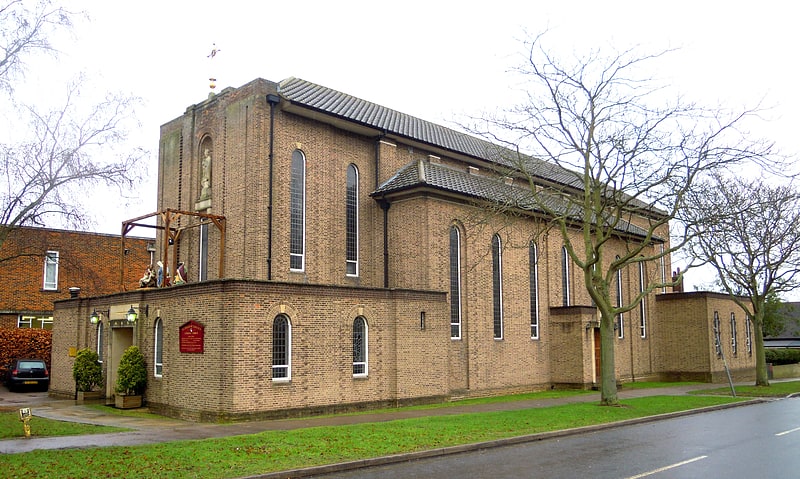
Catholic church in Letchworth, England. The Church of St Hugh of Lincoln in Letchworth, Hertfordshire, is a Roman Catholic church founded by the scholar and priest Adrian Fortescue. The first church was consecrated in 1908 and was dedicated to St Hugh of Lincoln while the modern church which replaced it was built in 1963. It comes under the Diocese of Westminster.[4]
Address: 84 Pixmore Way, SG6 3TP Letchworth Garden City
Church of St George
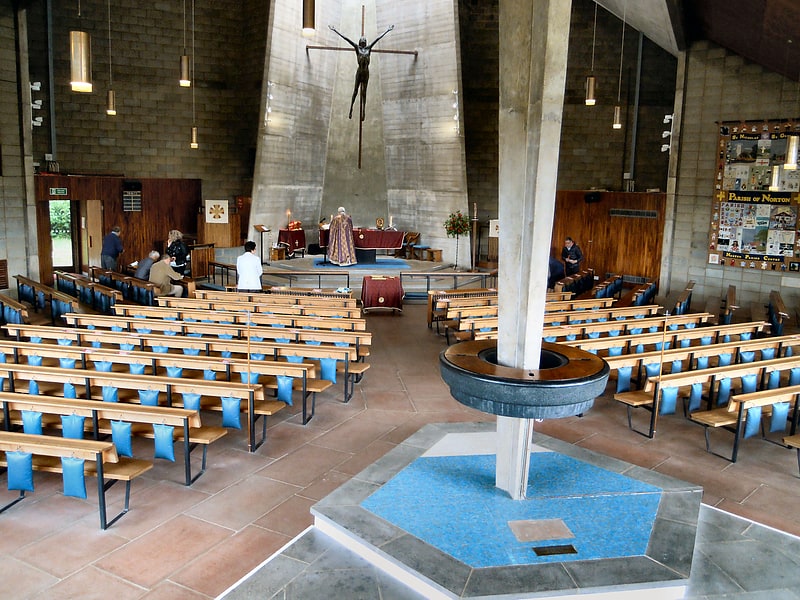
St George's Church is an Anglican church of modern design in the Parish of Norton in Letchworth Garden City in Hertfordshire. Opening in 1964 and arrow-shaped with a 120-foot concrete spire, the congregation are seated in a semi-circle facing the altar. The church building is in the style of the Liturgical Movement following World War II. It was Grade II listed in 2015 for "its striking architectural form, expressed through a diverse range of materials to provide an innovative building of real quality both in composition and detailing."[5]
Norton Common
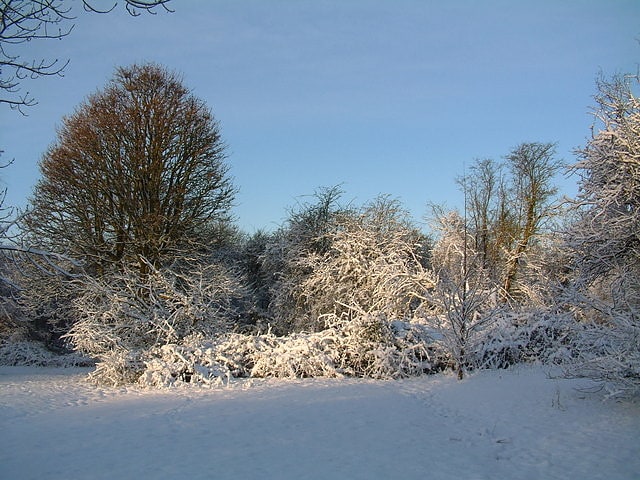
Nature preserve in Letchworth, England. Norton Common is a 25.7-hectare park and Local Nature Reserve in the centre of Letchworth Garden City, Hertfordshire. It is owned and managed by North Hertfordshire District Council, and the declaring authority is Hertfordshire County Council.
The common has diverse wildlife including wildflowers in meadows, and black squirrel, muntjac deer, and birds such as chiffchaff and blackcap in woodland. The Pix Brook, which is fed by mineral-rich springs, provides areas of marshland.
Facilities provided at the Common include an outdoor swimming pool, bowling green, tennis courts and a skateboard arena. There is access from Icknield Way.[6]
The International Garden Cities Exhibition
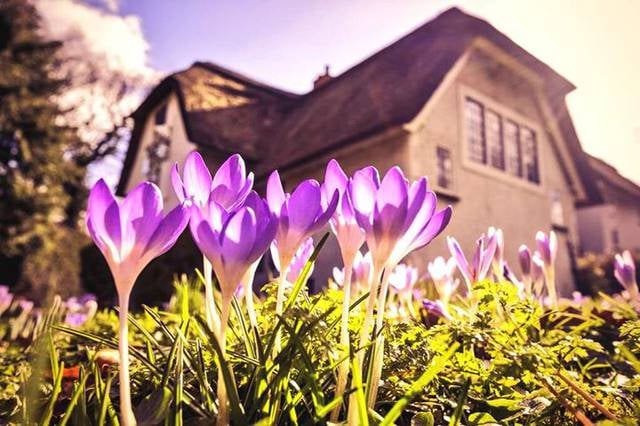
Specialty museum, Museum
Address: 296 Norton Way South, SG6 1SU Letchworth
Church of St Mary
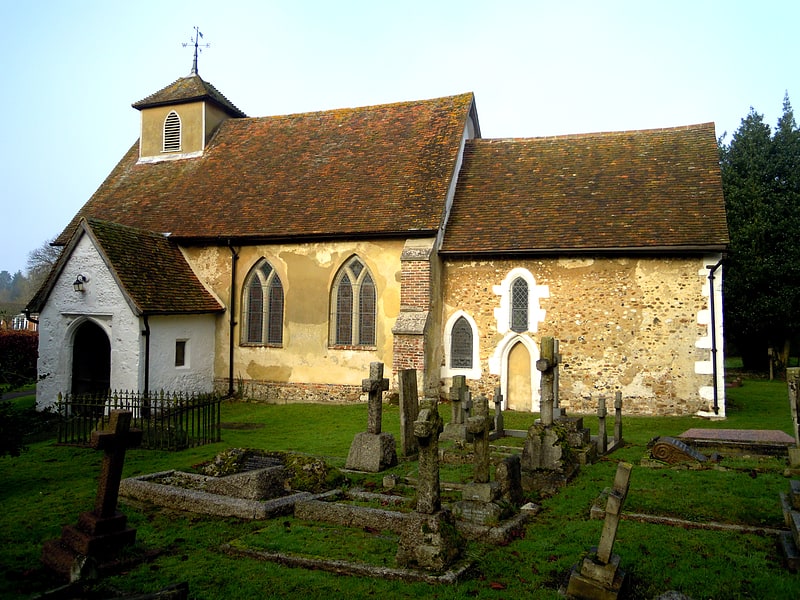
Episcopal church in Letchworth, England. The Church of St Mary the Virgin is the Church of England parish church of Letchworth in Hertfordshire. A church appears to have been on the site since before the Norman Conquest. The current church was built in the late 12th century and is Grade II listed. It comes under the Diocese of St Albans. The original dedication of the church is unknown; it was rededicated to St Mary during the First World War.
The church is the oldest building in the area and is only 60 feet long inside. Mentioned in the Domesday Book of 1086, parts of the building date to the 11th century and is built on the remains of an older Saxon structure. However, most of what is seen today dates to the late 12th century and was reroofed in the 15th century when the south porch was also added. The nave has three bays and a chancel. The church has a pyramidical timber-framed bell-cot with a tiled roof at the west end inside which is a bell dating to the 14th century. The exterior is of flint and ironstone random rubble, partly rendered, with freestone dressings and ashlar, brick and tile buttresses. The windows in the nave have a Y tracery. The gabled porch has a square headed doorway with shields in spandrels. Inside there is a carved effigy of the Crusader Sir Richard de Montfichet on a window sill. His heart is reputedly buried under the church.
After 1903 the small rural parish of Letchworth changed dramatically with the development of Letchworth Garden City. In 1908 a "mission church" dedicated to St Michael was opened on Norton Way South, closer to the new town centre. This in turn was replaced by another church (also dedicated to St Michael) on Broadway, which opened in 1967. The new St Michael's church officially became the parish church of the ecclesiastical parish of Letchworth (covering only the south-western part of the larger Garden City) in November 1967, with the old parish church of St Mary's thereafter being a chapel of ease to St Michael's. Structural problems with the 1960s St Michael's building led to its closure in December 2019, but St Mary's continues in use.[7]
The Cloisters
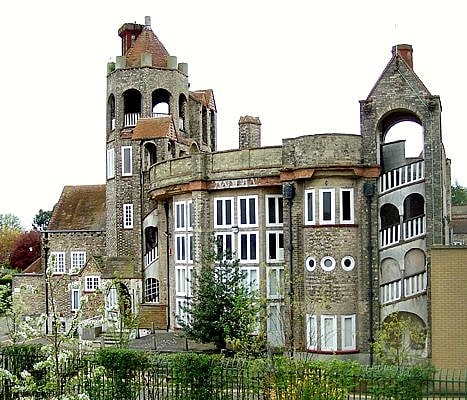
Event venue in Letchworth, England. The Cloisters in Letchworth Garden City, Hertfordshire in the UK was built in 1905 as an open-air school dedicated to Psychology and where students were taught skills from the Arts and Crafts movement. After a period of neglect during World War II The Cloisters became the North Hertfordshire Masonic Centre in 1951.[8]
Address: Barrington Rd, Letchworth Garden City
Church of St Paul
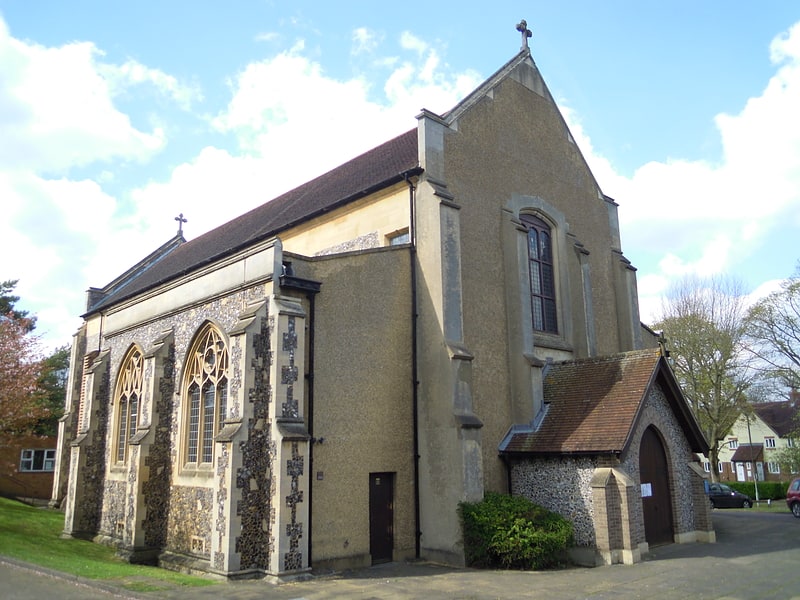
The Church of St Paul in Letchworth in Hertfordshire is the Anglican parish church for the Letchworth Gate area of the town at the top of Pixmore Way. Dating from 1923, with later extensions, it is a 'daughter church' of the nearby Church of All Saints in Willian and comes under the Diocese of St Albans. Built as a 'Victory' church following World War I, the building is the largest war memorial in Hertfordshire.[9]
Letchworth Cemetery
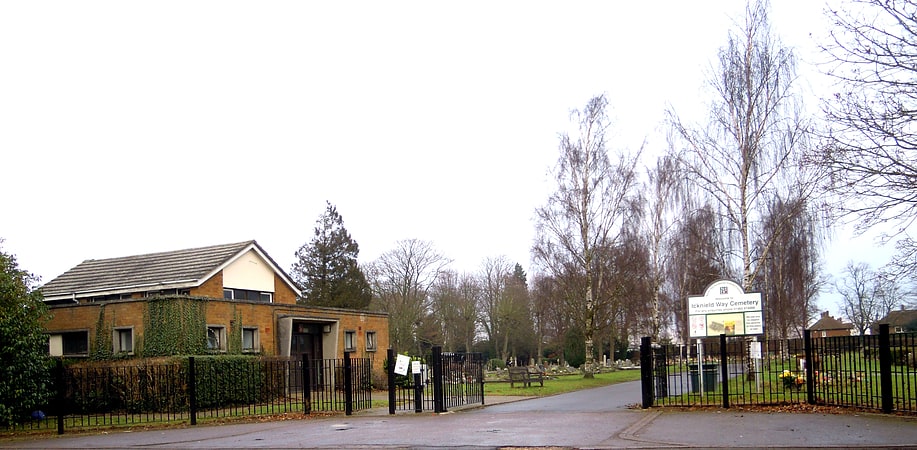
Burial ground. Letchworth Cemetery was the first burial ground for Letchworth Garden City in Hertfordshire.
Letchworth's first cemetery and bordered by Icknield Way and Wilbury Hills Road, the cemetery is now closed for new burials but can be used if graves are being reopened and for prepurchased plots. Cremated remains are also still being interred at the cemetery. The car gates open and close automatically each day at dawn and dusk.
Letchworth Cemetery has a small chapel which is available for services for children's funerals and can seat about eight mourners. The chapel also houses the Book of Remembrance which is available to view every day of the year, either inside or through its position at a rear window. It has 15 military graves from World War II which are maintained by the Commonwealth War Graves Commission.
Today burials in Letchworth take place at the nearby Wilbury Hills Cemetery.
In 2013 the cemetery featured in an episode of the BBC series Who Do You Think You Are? when the actress Una Stubbs visited the grave of her great-grandfather, garden city pioneer Sir Ebenezer Howard.[10]